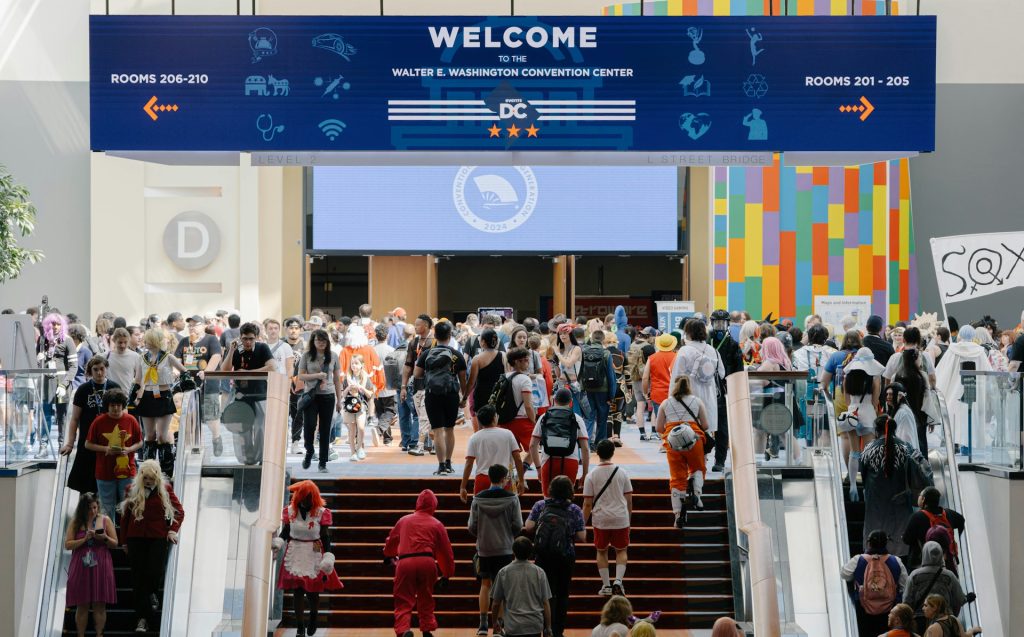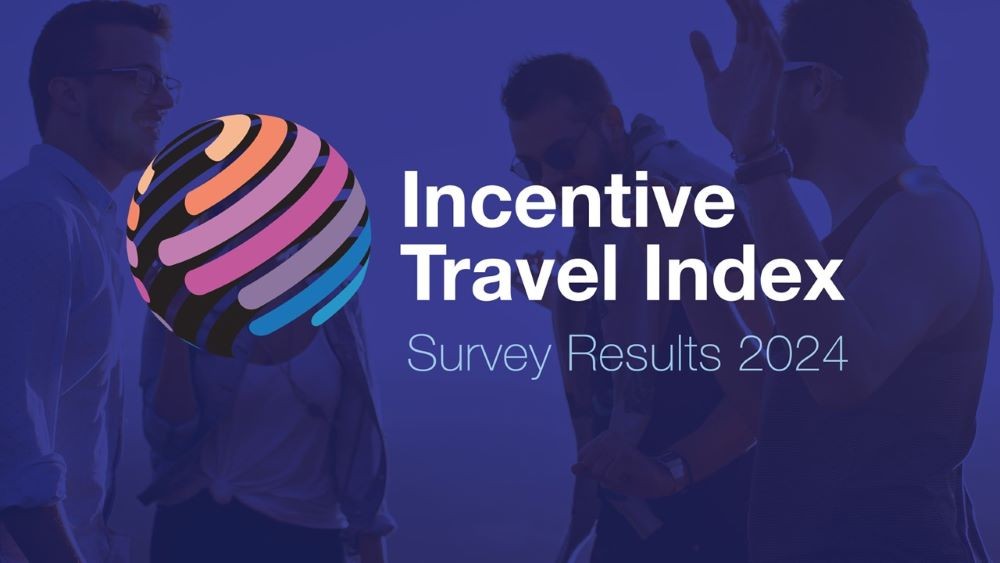What does the meeting of the future look like? Kristi Casey Sanders, MPI’s Director of Professional Development helps us…

Share news
Listen
Without going so far as 2036, can you give your personal favourites, amongst technologies people could implement in their events in 2017 and bring the highest impact?
What makes events so powerful is their ability to bring people together. Previously, if you couldn’t be at the event, you missed out on all the event had to offer. But the advent of livestreaming technology means you can share what is happening with a global audience in real time (for free! with your mobile!). In 2017, these tools are becoming more and more social so broadcasters not only can share event content, they can instantly engage and receive feedback from their remote audiences. A good example of this is Facebook Live, which takes what Periscope and Meerkat began a few years ago and made it more social, engaging, accessible and mainstream.
Now going to 2036, what will meetings look like?
Think about how we interact in 2017 with augmented reality, virtual reality and social networks through our mobile devices or through wearables (like Google Glass). Those engagements are largely dependent on a screen. Soon those screens will go away.
You know how, on the 1960s Star Trek, there was a holodeck that people could make look like any place they wanted? It’s estimated that by 2023, you’ll be able to install something similar in your home and create the illusion of an image you want to see using projection mapping, be able to interact and adapt to your actions through artificial general intelligence and activate scenarios based on your geolocation or voice, optical or touch operation.
So by 2036, event designers won’t have to think about dressing a space solely in terms of table linens and chair covers and centerpieces. They could walk into a blank space and design what projections and interactivity they want to build into the experience. Rather than flipping the space, they could flip a switch to layer a new “skin” and set of learning or social activities on the room. With the integration of “smart devices” connected to the Internet of Things, what the participants are experiencing could be shared with their friends using voice or touch prompts, without ever having to pull out a phone.
Technology in events can bring so much value but is often treated as a gimmick rather than integrated in a strategic way. What tips would you give meeting planners to manage it better?
If you’re using technology just because it’s new and cool, or because everyone else is, then you’re going to waste money. What are your goals for meeting? How will the use of technology help you achieve those goals? If you can’t answer those questions, don’t invest in the technology.
Scare us!!! Give us one example of disruption meeting planners should get ready for…
You already have a digital fingerprint, formed by all the information you’ve voluntarily shared on social media. In addition to the content about you that you’ve created yourself, there’s “secure” biometric data on you that’s been given to enroll for programs like Global Entry, collected by the government or local authorities, and which lives on computers at your doctor’s office. Add to that public documents available to anyone Google searching you (police records, land deeds, newspaper articles, school activities, emails, phone numbers and home addresses), the geolocation info people collect about you at events (when you enter and leave rooms, what sessions you attend, which booths you visit) and your own activities online (what you search for, what’s on your computer, how many devices you use and what you use them for) and you end up with a large amount of data that a normal person couldn’t sort through, but which the properly programmed computer gifted with deep machine learning/artificial general intelligence could sort through in seconds.
What does this mean for events? It means that event organizers could have a digital dossier on each attendee that extends well past whether they want to learn about new technology and have a milk allergy. You could program what their personal journey will be from the beginning of your event until the end, collecting data on their experiences and interactions to analyze and report back to sponsors and your bosses in real time and to seamlessly customize what they experience vs. what the other people you have on site experience. That’s the plus side.
On the negative side, you may be able to know too much about the people you’ll be hosting. You may have to make hard ethical decisions about whether or not people who have not done anything wrong yet should be allowed to be on site. One occurrence of an attendee being too drunk at a reception may end up being part of their social record in a way that hurts their career. It means that you need to spend just as much if not more time worrying about cyber security and digital integrity as you do about whether or not there will be an open shooter or other security/terrorism risk. It means your event (its design and infrastructure, as well as its audiovisual elements) could be hacked or hijacked or sabotaged. Or it could create the world’s most intensely enjoyable, informative and enjoyable event.
Kristi Casey Sanders will give the session “Event Technology and the Meeting of the Future” in EMEC, MPI’s European conference in Granada, March 5-7, 2017. She will also give the session “Experiential Marketing Boot Camp: Case Studies, Strategies and Next Steps”, a fully interactive session to exchange best practices and learnings.
More info on http://www.mpiweb.org/events/emec-2017/home











